The name Shanghai conjures up all kinds of images, and visitors are rarely disappointed. What few foreign visitors realise is that, with the recent development of a fast and efficient high-speed rail network across China, Shanghai is now well connected with some exciting options. Here we describe just 3 of these; enough to suit most tastes without clouding the picture.
Suzhou (approx 30 minutes) – Private gardens, the Grand Canal and silk
Suzhou is a small city in neighbouring Jiangsu Province but, thanks to the high-speed connection, is quicker to reach than some districts within Shanghai, once you have got to the station, that is.
The city has a significant history and a valuable legacy in the form of private residences with exceptional gardens. These Classical Gardens have long been recognised as a major attraction for the city and were inscribed on the World Heritage List by UNESCO in 1997. Different gardens suit different tastes but be sure to check out the Master Of The Nets Garden for its musical evening show. Try to avoid a weekend visit if you are able.
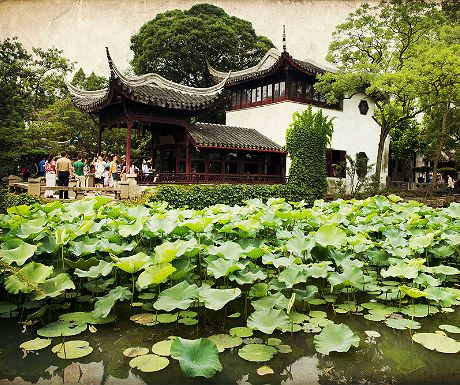
The Grand Canal was as important to Imperial China as the Great Wall but lacks the drama. We recommend a short cruise along the canal not for any great appreciation of the technical achievements but because the areas visited are so much more typical of the mercantile Orient than you will normally see. Most cruises include a short stop to walk around – an ideal opportunity to get your camera out and capture some ‘real China’ shots.
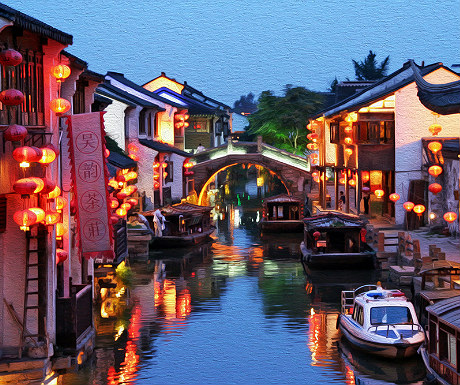
One option for those of you who enjoy shopping for local products is to visit the No. 1 Silk Factory. The experience includes an educational component with a good explanation of the whole process from silk worm eggs to finished product and even a fashion show. You are not going to find any great bargains but can be assured of the quality of the items on sale. For added convenience bulky items such as duvets can be posted direct to your home address.
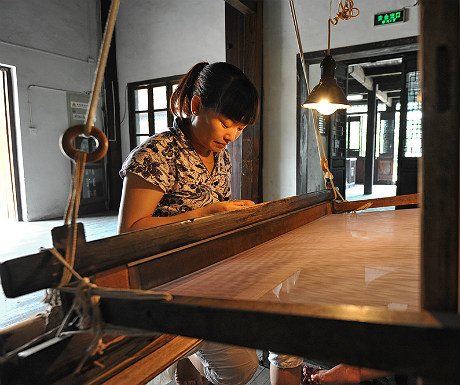
Hangzhou (approx 1 hour) – West Lake, temples and tea
Hangzhou became capital of China during the Southern Song Dynasty (11271279) – when much of the north had been conquered by a Manchurian tribe, the Jurchens. The Imperial Court attracted great wealth and, with that, all of the trappings of civilization.
The city’s most famous attraction, the West Lake, predates this period and was already a celebrated beauty spot in the Tang Dynasty (618-906). Originally a lagoon, the lake was contained by a dyke and the flow controlled in order to maintain the water level for irrigation. However, the official in charge was a famous poet and he ordered the construction of a causeway across the lake and extensive planting of willows on this and around the banks adding shade and charm to the functionality.
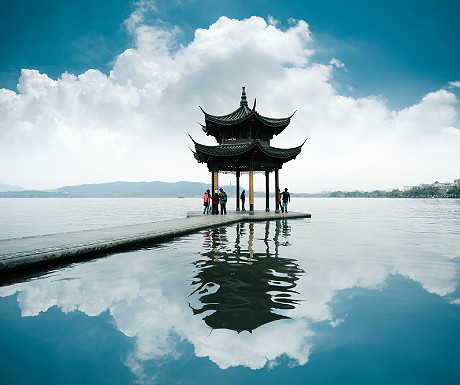
The temples in any Chinese city give an insight into the past. The Buddhist Lingyin Temple is the most highly rated in Hangzhou and well worth a half day. For a bit of contrast you could also check out the Doaist Baopu Temple. A guide is useful here as the signs in English are very limited.
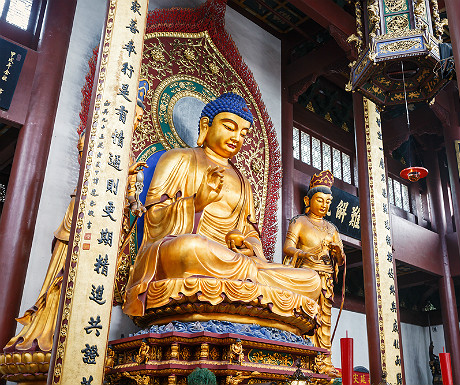
Longjing Tea has been a national treasure since the Qianlong Emperor visited during the Qing Dynasty (16441912). 18 bushes from this period are still living and their leaves are auctioned each year fetching more than the price of gold weight-for-weight. You can enjoy a cup of Longjing Tea in the village of that name and explore the attractive hillside plantations. The National Tea Museum is close by and also worth a visit if you would like to learn more about this pre-eminent beverage.
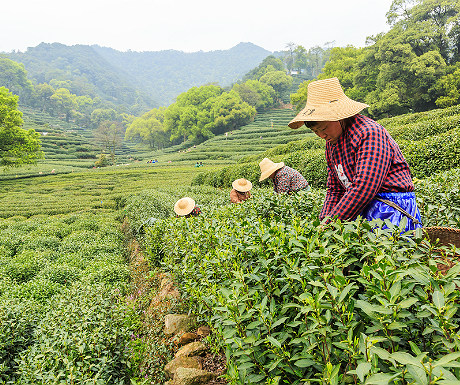
Huangshan (approx 5 hours) – Huangshan (Yellow Mountain) Scenic Area and UNESCO ancient villages
The rugged peaks of Huangshan have long held a fascination for Chinese artists and aesthetes. Their dramatic shapes are enhanced by precarious vegetation and other-worldly vapours. Fortunately, visitors are now saved the tremendous effort of climbing the mountain for themselves and can take a cable-car to the summit area and even stay ‘up top’ in one of the comfortable hotels.
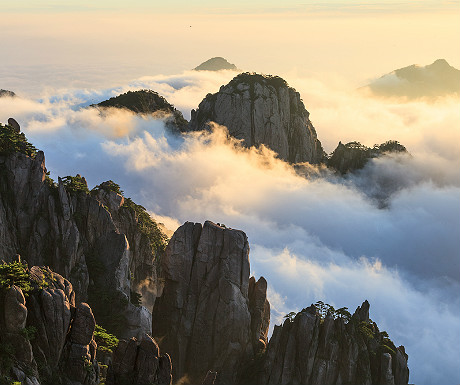
A day trip to Huangshan is worthwhile but an overnight stay allows for an altogether different experience. Evening and early mornings are much quieter and that is as it should be. Also, these are the hours that photographers most appreciate and, even if you are not one, you will surely notice the play of light across the peaks. Sunset and sunrise are not only more colourful but, with the sun at a low angle, shadows are more prominent and the three dimensions more apparent. These are the times to find inspiration.
If you overexert yourself on the mountain or just enjoy a bit of pampering then check out the hot-spring spas back down at ground level. You can also extend your stay with a visit to one or more of the World Heritage List villages nearby.
Xidi and Hongcun are amongst the most popular of the ancient villages but, as with Hangzhou, you might find it better to seek out at least one of the lesser-known sites to get away from the crowds. Chengkan is a good option as it is beyond the Tangyue Archways, another unusual stop.
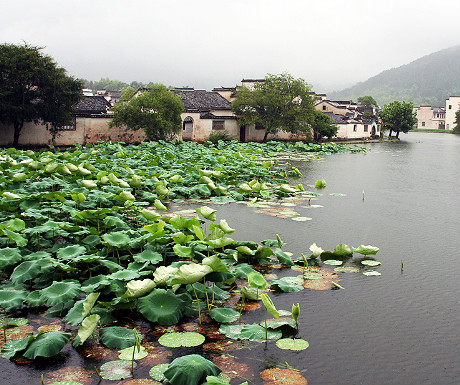
From the above you can see that the new high-speed rail network opens up an amazing range of options outside of the major cities, whatever your interests. This piece describes options for Shanghai but the same principle applies for Beijing, Guangzhou and elsewhere. You should also be aware that each of these options has much more to offer but space limits those that can be described here. Enjoy your own discoveries.
Images: Shutterstock